Does The URL Inspection Tool Get a Page Indexed Faster?
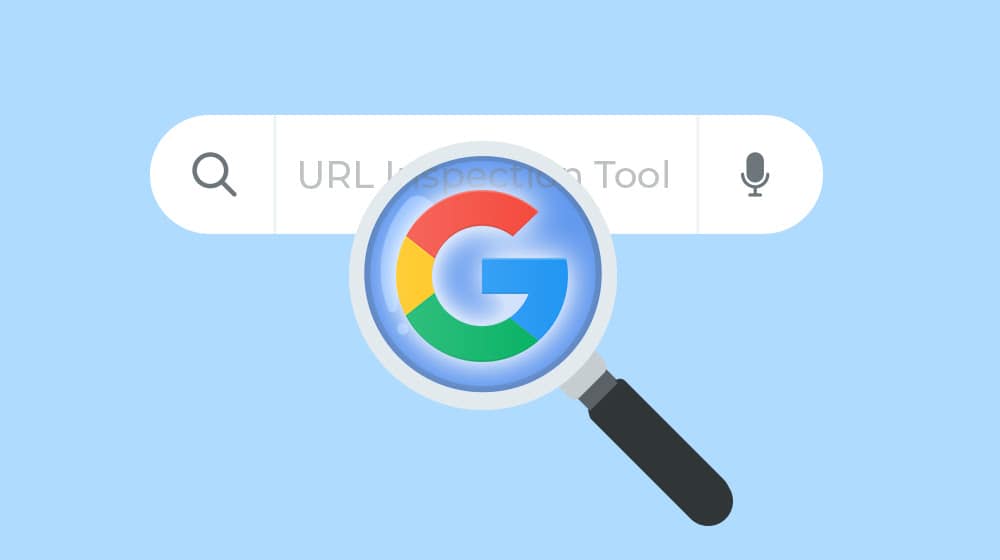
Content marketing can take many forms. Some of them are slow and steady, producing evergreen content that grows over time as you build backlinks and traffic. Some of them are time-sensitive, chasing trends you find, and pushing content for a rapid traffic capture cycle.
There's one problem with the latter: you need a very fast turnaround time on your content production. Many trends come and go in a matter of days, so if it takes you a week to write, make images for, optimize, and publish a piece of content, you might be too late.
There's one problem that is often overlooked related to this, though, and that's the delays that you can't control. In particular, Google takes time to find, index, and rank content when it's published.
It's easy to forget about this because of how Google has a direct pipeline into the top few thousand websites, such that the moment anything new is published somewhere like CNN or Forbes or Reddit, it's going to be indexed and ranked in a matter of minutes.
Meanwhile, the millions of websites that aren't billion-visitor powerhouses have to wait days or weeks for our content to be indexed. In some cases, random issues can even delay beyond that, and some content is seemingly never indexed at all.
Now, I say that this problem is often overlooked, but I mean that in the context of the rapid turnaround time for producing content needed to newsjack or trend-chase. The delays in indexation are well-known and have been a factor to consider for many years.
That means there are a thousand different strategies people use to try to speed up indexation. Some of them work, and others are about as reliable as the Old Farmer's Almanac is at predicting the weather.
One common recommendation is to use Google's URL Inspection Tool to speed up indexing. What's the theory, and does it work?
What is Google's URL Inspection Tool?
The URL Inspection Tool is a part of the overall Google Search Console. Pretty much all of you should have an account with the Google Search Console by now, but if you don't, you'll need to sign in and link your website property to grant Google access to site data so it can provide analytics and reports to you about your performance on the search results, discover feed, and elsewhere.
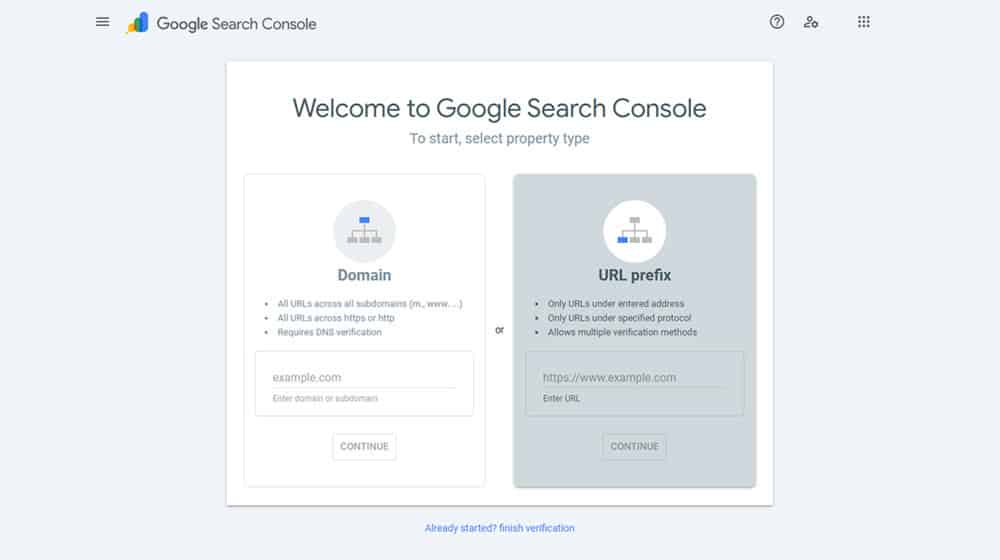
While there's a link in the left-hand sidebar of the Search Console for the URL Inspection tool, all it does is highlight the search bar at the top, which is the tool itself.
When you paste in a URL, you get the URL inspection result page. It will tell you:
The URL status. This will tell you whether or not the URL is crawled, indexed, ranked, or if it has issues. Results can be:
- URL is on Google – This means the URL is indexed with no problems, and can rank if it's good enough in its keyword context to do so.
- URL is on Google but has issues – This means the URL is crawled and indexed, but there can be issues with it, like problems with Schema that make rich results not work.
- URL is not on Google – This means the URL has been crawled but is not indexed. There can be good reasons for this, like it's noindexed or there's a different canonical URL for the same page. You see this a lot with non-https pages listed as "not on Google" because the https version is canonical, for example.
- URL is an alternate version – This is basically an AMP-specific flag that identifies AMP URLs of non-AMP pages.
Page indexing information. The URL inspection result will also tell you the indexing status of a page. If it's indexed, great. If it's crawled but not indexed, that might indicate a problem.
This report will also tell you which pages Google used to find the URL. Usually, this will be a sitemap, maybe a category page or homepage feed on your site, and possibly other sources depending on your linking habits.
There will also be crawl information: how Google crawled the page, what user agent they used to do so, whether or not there are crawl issues like noindex tags, and when the last time they crawled the page was.
Search enhancement information. If your page is eligible for some kind of search enhancement, like a rich result in the SERPs, it will be outlined here.
One important note about this tool is that it does not live-crawl your site to populate these results. Instead, it queries Google's database to pull data from the last time it was crawled. This could be a day ago, a month ago, or multiple months ago, depending on how static the page is.
Why People Think the URL Inspection Tool Can Speed Up Indexing
That final footnote there exists solely because people use the URL Inspection Tool to try to speed up indexation for their pages. Simply plugging a URL into the tool does not pull live data into the index to generate the report; it pulls a report based on whatever data Google already has.
There are two reasons why people have assumed that they can use this tool to get Google to index their pages more quickly.
The first is the live test. Up in the corner of the URL inspection results is a "test live url" button. This button pulls in live data from the web, essentially ordering a Googlebot to do a special crawl and populate information immediately.
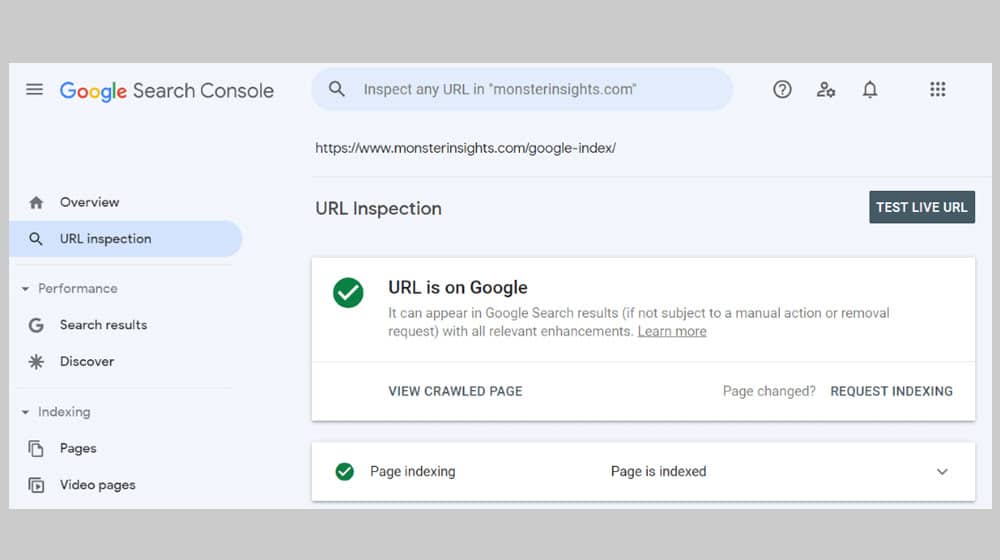
The intended purpose of this tool is for troubleshooting. If there are critical issues in scripts, Schema, or other elements of the page, requesting a live analysis can tell you if the changes you've implemented are enough to fix the problem.
While this is useful, it's limited. It will treat the page in isolation and won't look for referral data, manual actions, blocked URLs, or a handful of indexation issues like page duplication.
Critically, though, Google has this to say on their help page about the tool:
"Does a valid result mean that my page will be indexed?
No. The live URL test only confirms whether Googlebot can access your page for indexing. There is no definitive test that can guarantee whether your page will be included in the Google index. Even if you get a valid or warning verdict in the live test, your page must still fulfill other conditions in order to be indexed."
This is another way Google tries to deflect people from using the tool to force indexation; the live report doesn't add any data to the index or bypass the indexation queue.
There's also an unspecified limit to the number of times any given property (that is, website) can use the live test in a day.
The second reason people think the URL Inspection Tool can speed up indexation is because there's a literal "request indexing" button in the top box of the report for the URL. The intended purpose of this button is to fix issues that block indexation and then request that the page be indexed now that you've fixed them.
Some marketers think they've found an SEO hack and have incorporated this into their workflow. They publish a piece of content, then immediately take the URL to the URL Inspection Tool, inspect it (finding nothing because it's not in the index, obviously), and then request indexing.
Google clarifies in their help center document that indexing can still take up to a week or two; the tool can help you check the progress, but doesn't let you jump the queue. There's also a daily limit to requesting indexing, as well.
Does It Work?
So, the elephant in the room here is how I've used language like "marketers think" when describing how this works.
Does it work? Can you use the URL Inspection Tool to speed up indexing?
The answer is… maybe.
In my experience, just about everyone who claims it works says something along the lines of "this doesn't guarantee that your page will be indexed, but it helps speed things up." Which is a kind of weaselly way to say "this might not work at all but we have no data either way."
I have a suspicion that there's a lot of confirmation bias going on here.
For example, a lot of my clients have a firm pattern of publishing new blog content at the same time (give or take a few minutes) on the same day each week. Google can easily detect that pattern, and knows they can check ~5 minutes after that time and find new content, index it right away, and they don't have to worry about looking at the site again for another week.
So, these sites seem like their content is published and indexed in minutes, whether or not the URL inspector is used to request indexing. But, if they were to publish a blog post on an off day, it might not be indexed until the next time Google checks.
Could requesting the indexing of a page that's posted off schedule make it indexed sooner? Sure, maybe!

I also think that sites that seem to benefit from using the tool are also sites that aren't addressing more fundamental issues. If you publish on a schedule and you have a sitemap that you've uploaded to Google and that gets your new URLs added to it immediately, Google has all of the information it needs to keep on top of your content.
But if you don't have those things, requesting indexing might be the only way Google has to find your new content, short of sporadically checking on their own schedule, or stumbling on a link from another domain.
Smaller sites with less foundational structure and less overall trust are going to have a harder time and get indexed more slowly than larger sites with structure and trust.
Using the URL Inspection Tool doesn't bypass any of that.
The way I look at it, trying to use the URL Inspection Tool to jump the queue might work. But if it does, and you keep using it, Google is going to catch on. It's not like they can't see what you're doing, right? And they have a lot of ways they can penalize you for doing it, which can include just ignoring your requests if you abuse it too much.
On a higher level, Google doesn't like it when webmasters try to use their tools for an unfair advantage. They want sites to compete on an equal playing field, and that means not giving an advantage to people who learn these "lifehacks" for SEO. It's why they removed the old URL Submission Tool.
If you want fast indexation, develop a pattern and make sure you have an always-updated sitemap submitted to Google. In my experience, once you have that pattern established, you're good to go.



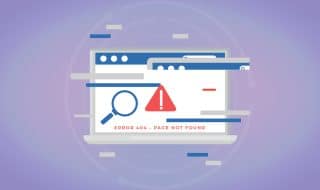

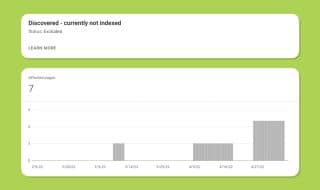




Comments